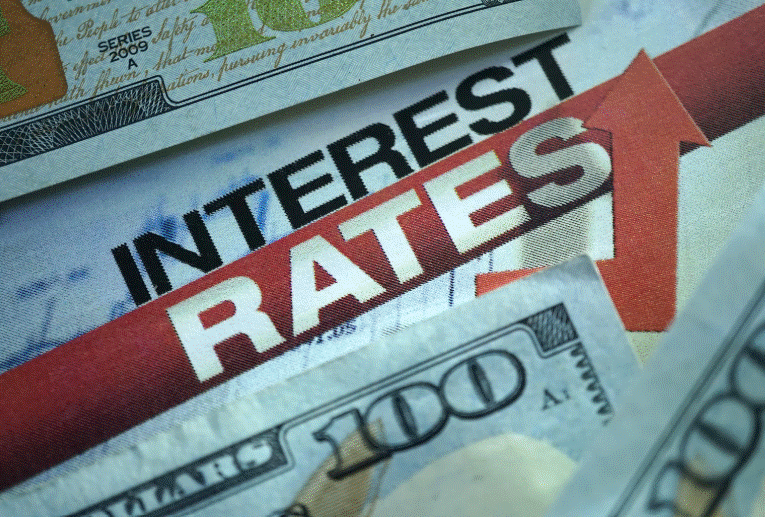Since the mortgage industry meltdown at the end of the last decade, the rules have changed for borrowers. First an foremost, documentation is required for proving they have a stable income and sufficient assets for a down payment and reserves. The days of no income stated loans with zero down payments are gone. Option ARM loans so popular a few years ago are now not nearly as prevalent. Adjustable-rate loans and ARM hybrids are available, but the most popular loan today is a fixed-rate loan.
A borrower with a credit score of 720 or above, a stable income, and sufficient assets has no problem in qualifying for any kind of mortgage financing. Credit scores of less than 620 are more risky for the lender and require more scrutiny. Those with higher credit scores receive more favorable interest rates.
A borrowers employment, income, and their assets will be verified. You must provide two years of tax returns and bank statements to the lender. Because they verify every detail, including the status of your current employment, the loan process often takes a little longer. Mortgage approvals are still more difficult for self-employed borrowers who have a tougher time verifying sufficient income and business stability.
Debt to income requirements has returned to conservative ratios. A housing debt to income ratio today is typically 31 to 33% and total debt to income ratio of 43 to 45%. They sometimes consider expanding those ratios to applicants with good credit who can prove greater than required assets.
Your credit may be rechecked anytime between your loan approval and funding. Do not rush out and buy a new car, furniture or appliances for your home too quickly. Doing so may cause the loss of your home financing.
Rising home prices continue to shut many would-be buyers out of the market. Home valuations as determined by real estate sales and analyzed by an appraiser differ wildly between geographical areas. Areas with higher employment and favorable economic conditions also have higher home prices.
A down payment of 5 to 15% is required for a conventional loan. FHA borrowers only need 3.5% for a down payment unless their credit score is less than 520 which requires 10% down. Veterans can still get into a home with no down payment under a VA loan. Rural USDA loans are also available for no down payment. Lenders require the source of any down payment gift with a clear paper trail from the acceptable source to you.
Homeowners interested in re-financing benefit from the rising home valuation of their property. Conventional borrowers may be able to get a loan up to 95% of their home value, FHA borrowers up to 97.5%, VA and USDA homeowners up to 100%. Re-financing loans of 125% of your home valuation can be found; however, caution is needed. Many folks have gotten into trouble if housing prices decline and they wind up owing much more than their home is worth.





